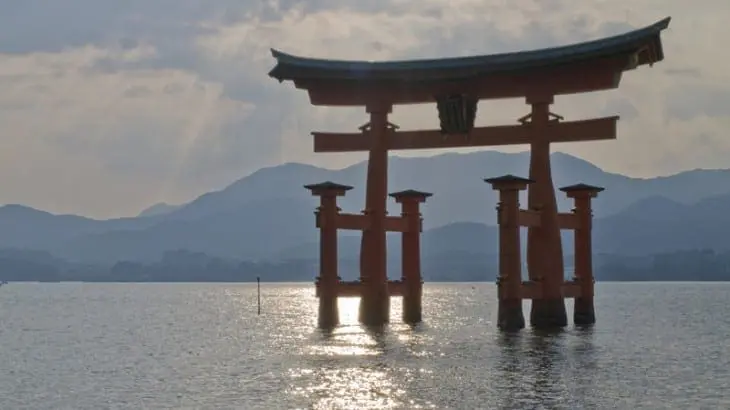A Postcard Home

The physical and mental transition of arriving in a foreign culture is probably one of the most visceral things a person can do. It is an over stimulation of the senses that is twisted together with the emotional polarities of great excitement and bewildering confusion. Somehow all the weeks of preparation appear to have only scratched the surface of an incredibly complex culture — such as Japan — and suddenly the sights, sounds, tastes, and textures of your life have access to dramatically different source materials, compared to what’s at home.

As a visual artist the challenge you are presented with while dealing with this emotional melting pot, is trying to have something to say about the country and culture with your photographs. If your intuitive responses can be first articulated into words, then bringing the camera up to those ideas later can provide images with a stronger voice to convey ideas.
Developing a list of adjectives can enable a profound rationale to be there, and useful mental triggers — key ideas — to take action on. Your triggers can provide some sense of clarity and selectivity among the daily, sensational barrage; forming a mission, and perhaps even a safe place of consolation if things get overwhelming. Ultimately, you can have something to say with images — which to an artist matters the most — and form images with greater purpose and meaning.

Procedures
—At some point during the day, give yourself physical and mental space to spend at least a half hour alone, in one place. Get a cup of tea, or just hang out on a street corner.

—Write the postcard home to yourself: On the postcard describe things to yourself, name/label/catalog things that you are experiencing. Describe each sensory facility — touch, smell, taste, sound, and lastly vision — to articulate a purely intuitive level of response to being in this new culture.

—What intrigues you the most, now that you are actually here? Is it the food, the people, the architecture, the natural areas, etc.

—Also write these triggers down on a blank index card, and then keep this card with your camera. It can help remind you of some critical first impressions about the culture, because as the trip unfolds, things like this can get lost in the sensory overload. Consider writing these ideas down in a journal as well.

— Mail the postcard home to yourself, and it will be waiting for you when you arrive home.
There is no substitute for those very first impressions of a foreign culture, and to have
made the opportunity to trap those ideas in words is priceless.

—Use a trigger as a starting point to visually interpret your words. Attempt to create images that convey the essence of what you’ve written down. Consider sharing some of these ideas with your fellow travelers to further process the sensory experiences. Class critique time during a photography workshop is the perfect way to facilitate this.

—One rule to consider giving yourself is limiting the physical distance between the camera and the subject matter. For example, establish a time window (ten minutes, one hour, or one day) where you cannot photograph anything that is more than one meter away. Ernst Haas said, “one of the best lenses you have is your feet.”

—Say for instance that you’ve chosen the adjective windy; then how can you interpret and capture the essence of wind in a photograph?




